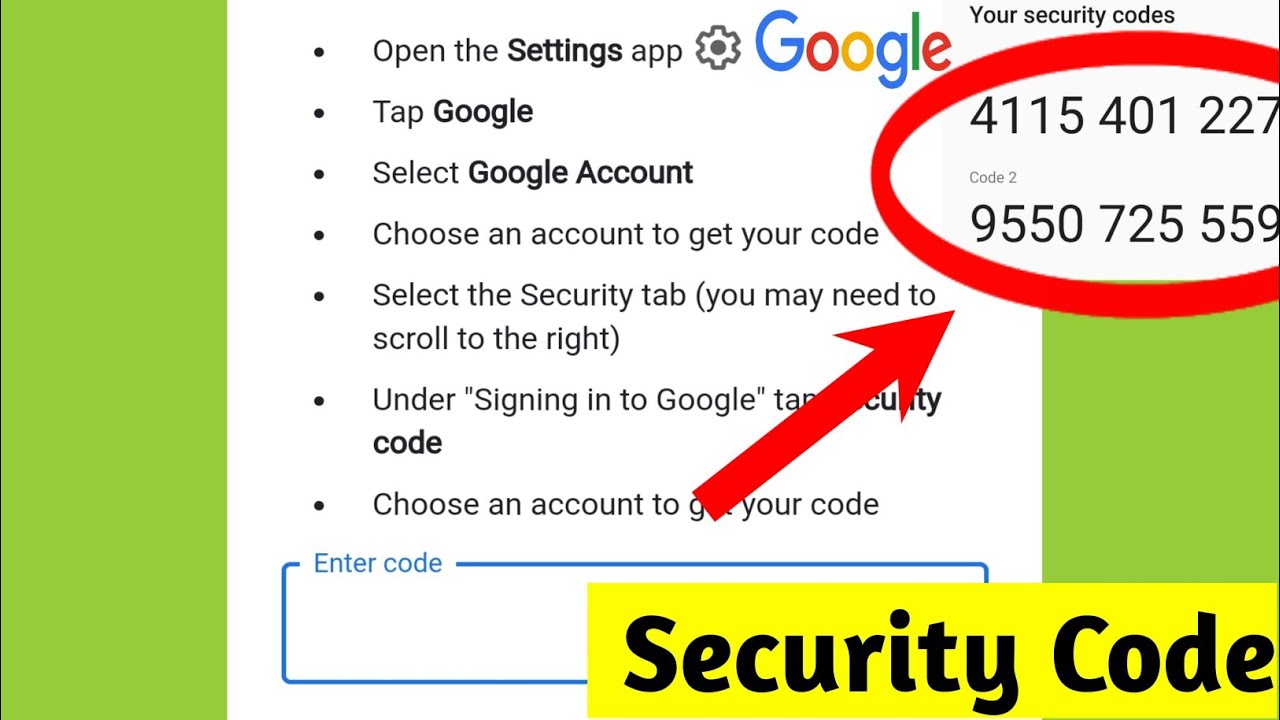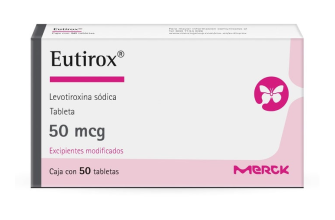Protect your sensitive data by using a dedicated browser profile for online banking and crucial financial transactions. This isolates your sensitive information from other browsing activity, minimizing the risk of malware spreading or phishing attacks compromising your accounts.
Consider using a password manager to generate and store strong, unique passwords for each financial site. This eliminates the need to remember complex passwords and significantly reduces the chance of credential theft. Regularly update your password manager software for optimal security.
Enable two-factor authentication (2FA) wherever possible on your financial accounts. This adds an extra layer of security, requiring a second verification method–like a code sent to your phone–in addition to your password. This simple step dramatically improves your account protection.
Regularly review your account statements for any unauthorized activity. Quick detection of suspicious transactions allows for swift action, minimizing potential financial losses. Set up transaction alerts to receive immediate notifications of any changes to your accounts.
Remember: Proactive security measures are far more effective than reactive damage control. A dedicated “secure tab” approach, combined with strong password management and 2FA, forms a robust defense against online threats. Take control of your digital security today.
- My Secure Tab: A Detailed Guide
- Protecting Your Sensitive Data with My Secure Tab
- Troubleshooting Common My Secure Tab Issues
- My Secure Tab displays errors
- Troubleshooting Specific Browser Issues
- Optimizing My Secure Tab for Enhanced Privacy
- Managing Cookies and Tracking
- Advanced Privacy Measures
- Regular Updates
- Review Permissions
My Secure Tab: A Detailed Guide
Enable two-factor authentication on all accounts accessible through your Secure Tab. This adds an extra layer of protection, significantly reducing unauthorized access risk.
Use strong, unique passwords for each account. Avoid easily guessable combinations and consider a password manager to generate and store complex passwords securely.
Regularly update your operating system and browser. Patches often address security vulnerabilities, minimizing exposure to malware and exploits.
Install a reputable antivirus program and keep it active. Real-time scanning helps detect and remove threats before they cause damage.
Be cautious about clicking links or downloading attachments from unknown sources. Phishing attempts frequently utilize deceptive emails or messages.
Review your Secure Tab’s privacy settings regularly. Adjust permissions to control data sharing and access to your information.
Use a VPN when accessing sensitive information on public Wi-Fi networks. This encrypts your data, preventing eavesdropping.
Monitor your account activity for unusual login attempts or suspicious transactions. Report any suspicious activity immediately.
Employ a dedicated password manager and keep its master password secure. This simplifies password management while maintaining security.
Back up your data regularly to a secure location, such as an external hard drive or cloud storage service. This protects against data loss due to hardware failure or cyberattacks.
Protecting Your Sensitive Data with My Secure Tab
Enable two-factor authentication for all accounts accessed within My Secure Tab. This adds an extra layer of security, requiring a second verification step beyond your password.
Use strong, unique passwords for each site. Consider a password manager to help generate and securely store these passwords. My Secure Tab integrates seamlessly with popular password managers.
- Avoid using easily guessable information like birthdays or pet names.
- Aim for at least 12 characters, combining uppercase and lowercase letters, numbers, and symbols.
Regularly review and update your privacy settings on all your connected accounts. My Secure Tab provides clear indications of which permissions each app requires.
- Carefully review app permissions, granting access only when absolutely necessary.
- Disable unnecessary permissions for apps you rarely use.
- Check for and install available security updates for your operating system and apps promptly.
Utilize My Secure Tab’s built-in security features like the secure browsing mode and ad blocker. These features help prevent tracking and malware attacks.
Keep your device’s operating system and My Secure Tab app updated to the latest versions. Updates often include critical security patches.
Be mindful of phishing attempts. My Secure Tab employs advanced detection systems, but exercise caution when clicking links or entering sensitive data outside the app.
Troubleshooting Common My Secure Tab Issues
My Secure Tab won’t open? Check your browser’s extensions. Disable any extensions that might interfere with your browser’s functionality. Restart your browser after disabling. If the problem persists, try a different browser.
Pages load slowly within My Secure Tab? Close unnecessary tabs and browser windows. Check your internet connection speed. Consider clearing your browser’s cache and cookies.
My Secure Tab displays errors
Error messages appear? Note the exact error message. Search online for solutions related to that specific error. Check for browser updates. If using a VPN, temporarily disable it to check for conflicts.
Specific websites don’t load correctly? Ensure the website’s address is typed correctly. Check your internet connection stability. Try accessing the website from another browser. Some websites may have compatibility issues with My Secure Tab.
Troubleshooting Specific Browser Issues
Chrome users experiencing issues? Clear Chrome’s browsing data, including cookies and cache. Check Chrome’s extension settings and disable any that seem problematic. If using a profile, try switching to a different one or creating a new one.
Firefox users encountering problems? Update Firefox to the latest version. Check Firefox’s Add-ons manager and disable suspicious or conflicting add-ons. Try clearing Firefox’s history and cache.
Still facing problems? Contact My Secure Tab support for assistance. Provide details about your operating system, browser, and the specific issues you are encountering. Include screenshots, if possible.
Optimizing My Secure Tab for Enhanced Privacy
Enable HTTPS Everywhere. This browser extension forces websites to use secure connections whenever possible, minimizing exposure to man-in-the-middle attacks.
Use a strong, unique password manager. LastPass, Bitwarden, or 1Password offer robust encryption and generate complex passwords for each site, improving overall security.
Managing Cookies and Tracking
Regularly clear your browsing data. Delete cookies, cache, and browsing history at least weekly. Focus on cookies from third-party trackers to reduce targeted advertising.
Install a privacy-focused browser extension like uBlock Origin. This blocks ads and trackers, limiting data collection by websites.
Advanced Privacy Measures
Consider using a VPN. A VPN encrypts your internet traffic, making it harder for trackers to identify your location and online activities. Choose a reputable VPN provider with a strong no-logs policy.
Employ two-factor authentication (2FA) wherever possible. This adds an extra layer of security to your accounts, making them significantly harder to compromise.
Regular Updates
Keep your browser and extensions updated. Regular updates contain crucial security patches, protecting you against newly discovered vulnerabilities.
Review Permissions
Periodically review the permissions granted to websites and extensions. Revoke access to unnecessary permissions to limit data collection.










